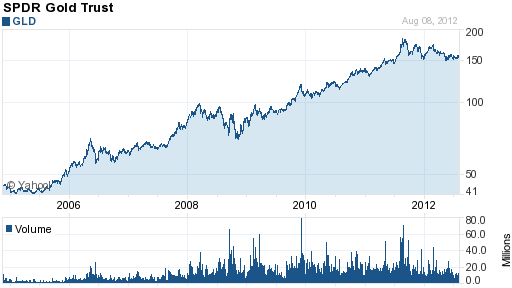Major Gold Mining Stock Outperforms Bullion and Gold ETFs
Investors in gold often wonder about the best way to own the precious metal. Gold is gold but depending on the vehicle used to purchase gold, investment returns can vary dramatically.
Simply put, the three basic ways to invest in gold are gold bullion, gold bullion ETFs, and gold mining stocks.
Gold Bullion
Purchasers of gold bullion may not trust “paper gold” or they may simply appreciate the beauty of gold bars and coins. There is an innate satisfaction in being able to physically admire and touch gold, a metal that has had value to man since before the dawn of civilization. Paper currencies always eventually wind up worthless while gold will maintain purchasing power. The pleasure of owning physical gold does have drawbacks, the biggest of which is security and storage.
Although gold has moved up dramatically since 2019, the current price of around $1,950 is still slightly below the record high of $2,061 reached in August 2020.
![gold Technical chart [Kitco Inc.]](https://www.kitco.com/lfgif/au0730lf_ma.gif)
Gold Bullion ETFs
An easy and low-cost method for purchasing gold bullion is by investing in gold bullion ETFs. Funds put into gold ETFs are invested in physical gold and the fund is responsible for physical security. The largest gold ETF is the SPDR Gold Shares (GLD) which currently holds about $68 billion in assets. The ETF has a relatively low expense ratio of 0.40%. The GLD will closely match the move in the price of gold bullion less the expenses of running the fund.
The GLD currently trades at $181.47 slightly below its high of $190.81 reached in August 2020.
Another ETF worthy of consideration is the iShares Gold Trust (IAU) which currently trades at $36.97, holds $32 billion in physical gold and has an expense ratio of only 0.25%.
Gold Mining Stocks
Gold mining stocks are where it all starts. Someone must undertake the expensive process of locating and mining gold ore to produce refined gold. The profit generated by the gold mining stocks depends not only on the price of gold but also on how efficiently gold mining companies are at exploration and deploying capital. Many junior gold mining companies have not been able to participate in price gains despite the increase in gold prices.
There are two ways to invest in gold mining companies. An investor can invest in a basket of gold mining stocks in a mutual fund or ETF such as VanEck Gold Miners ETF (GDX) or by purchasing individual gold mining companies. Purchasing an ETF allows an investor to spread risk across the industry. Purchasing a successful gold mining company can result in gains that far exceed the increase in gold bullion.
For example, the GDX currently trades at $39.67, below the price reached in August 2020.
Now, look at the performance of Newmont Corporation (NEM) a major gold mining company which has recently exploded to an all-time high and up 173% since late 2019.
There is no way to know which way of investing will work out best until after it happens. Always diversify to reduce risk is probable the best advice.
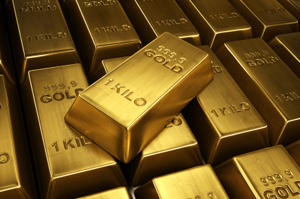 November has traditionally been a kind month for gold investors. Since 2004 the price of gold during November (as measured by using the SPDR Gold Shares (GLD) as a proxy) has been up 75% of the time with an average return of almost 5%.
November has traditionally been a kind month for gold investors. Since 2004 the price of gold during November (as measured by using the SPDR Gold Shares (GLD) as a proxy) has been up 75% of the time with an average return of almost 5%.
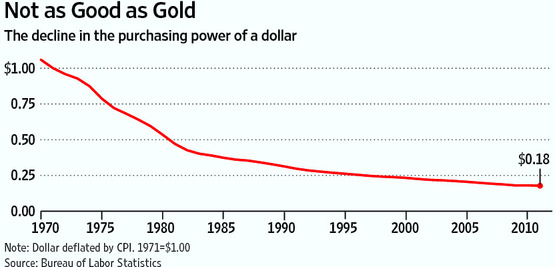
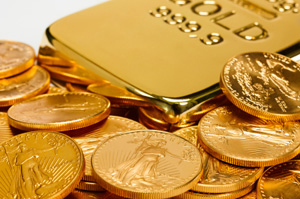

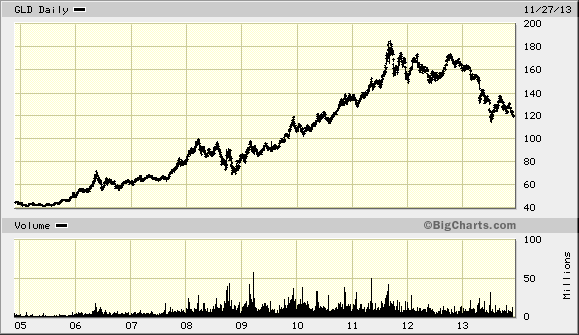
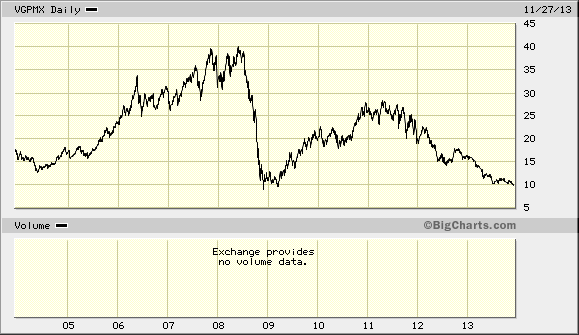
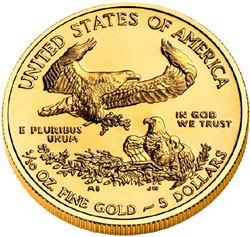 Large scale liquidation of gold backed exchange-traded products (ETP) sent gold prices into a tailspin during April. Billionaire investor George Soros, who had sold 55% of his holdings in the SPDR Gold Shares (GLD) during the last quarter of 2012, further reduced his gold positions during the first quarter. Soros is a legendary trader and investor who has made billions moving ahead of the crowd.
Large scale liquidation of gold backed exchange-traded products (ETP) sent gold prices into a tailspin during April. Billionaire investor George Soros, who had sold 55% of his holdings in the SPDR Gold Shares (GLD) during the last quarter of 2012, further reduced his gold positions during the first quarter. Soros is a legendary trader and investor who has made billions moving ahead of the crowd.


 You know the world is changing when the head of the world’s biggest bond fund recommends gold as his first asset choice.
You know the world is changing when the head of the world’s biggest bond fund recommends gold as his first asset choice.
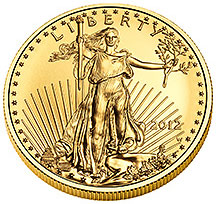 Legendary bond king investor Bill Gross, who presides over the world’s largest bond funds makes a compelling case for owning gold in an interview with Bloomberg TV. Lead manager of influential Pacific Investment Management Company (PIMCO) since 1987, Bill Gross reputedly made $200 million in 2011.
Legendary bond king investor Bill Gross, who presides over the world’s largest bond funds makes a compelling case for owning gold in an interview with Bloomberg TV. Lead manager of influential Pacific Investment Management Company (PIMCO) since 1987, Bill Gross reputedly made $200 million in 2011.
